-85%
The Reprehensible Vectors: Unveiling the Enigma of Tick-borne Diseases
In the labyrinthine tapestry of nature, ticks, minuscule creatures with an ominous reputation, have emerged as fearsome adversaries, carrying within them a venomous arsenal of pathogens. With each encounter, they leave an insidious mark on both humans and animals, instilling both primal fear and a somber understanding of the consequences of exposure to their infectious bite.
Unveiling the Vectors of Tick-borne Maladies
The realm of tick-borne diseases is a complex and ever-evolving landscape. CCHF, Lyme disease, Q fever, Tick-borne encephalitis, Mediterranean spotted fever, Monocytic ehrlichiosis, Granulocytic ehrlichiosis, and Babesiosis are just a few of the pathogens that these parasitic creatures carry, capable of inflicting a debilitating toll on their victims. It is a sobering reality that these diseases, once considered rare, are now on the rise, spreading their deadly embrace across the globe.
The Toll on Human Health
The consequences of tick-borne diseases for humans are dire, ranging from acute febrile illnesses to severe organ failure and even death. The symptoms of these diseases are often ambiguous, mimicking those of other common ailments, making early diagnosis and prompt intervention challenging. Additionally, the chronic nature of certain tick-borne diseases poses a significant threat, leading to debilitating symptoms that can persist for years.
Economic Impact on Livestock
Beyond their detrimental impact on human health, tick-borne diseases also pose a significant economic burden on the livestock industry. Animals, particularly cattle and deer, are frequent targets of these insidious parasites, leading to reduced productivity, reproductive failure, and even premature death. The financial ramifications of these diseases on livestock production are staggering, amounting to billions of dollars annually.
Bridging the Knowledge Gap
Recognizing the magnitude of the threat posed by tick-borne diseases, clinicians, researchers, and public health officials are embarking on a concerted effort to bridge the knowledge gap surrounding these stealthy pathogens. This collaboration aims to unravel the intricate mechanisms of tick-borne disease transmission, improve diagnostic capabilities, and develop effective strategies for prevention and treatment.
The Role of Medical Entomology
In this quest for understanding and mitigation, the discipline of medical entomology plays a pivotal role. By studying the life cycle, behavior, and ecology of ticks, entomologists provide invaluable insights into the transmission dynamics of tick-borne diseases. Armed with this knowledge, they can develop targeted interventions to reduce human and animal exposure to these vectors.
A Call to Action
The fight against tick-borne diseases requires a multifaceted approach that encompasses a comprehensive understanding of the pathogens, vectors, and hosts involved. By fostering collaboration among researchers, clinicians, and public health practitioners, we can harness the power of science to develop innovative strategies for prevention, control, and treatment. It is imperative that we empower ourselves with the knowledge and tools necessary to combat these insidious vectors and safeguard both human and animal health.
maybe you like these too:
- New and Emerging Diseases, An Issue of Veterinary Clinics: Exotic Animal Practice (The Clinics: Veterinary Medicine) (Original PDF from Publisher)
- Laboratory Manual for Non-Majors Biology 6th Edition (Original PDF from Publisher)
- The Brigham Board Review in Infectious Diseases 2014 (Videos)
- One Health For Veterinary Nurses And Technicians: An Introduction (EPUB)


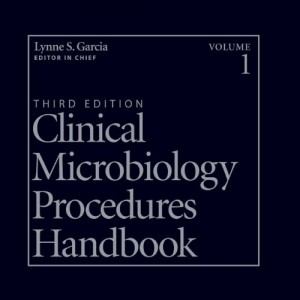
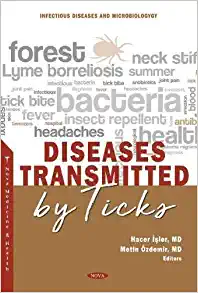
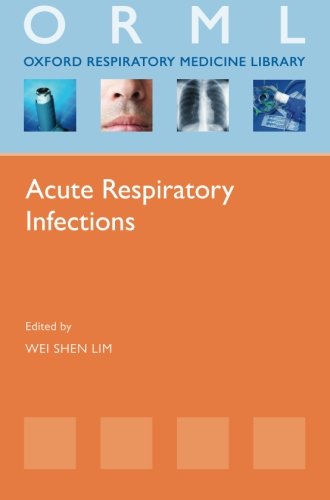

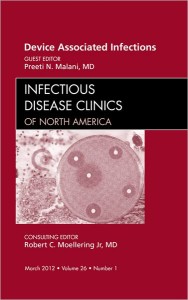
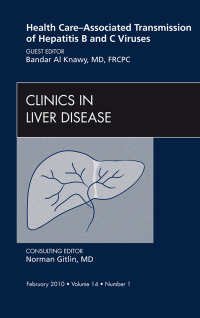
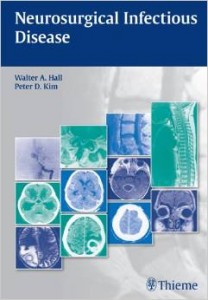
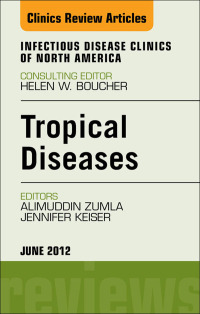
Reviews
Clear filtersThere are no reviews yet.